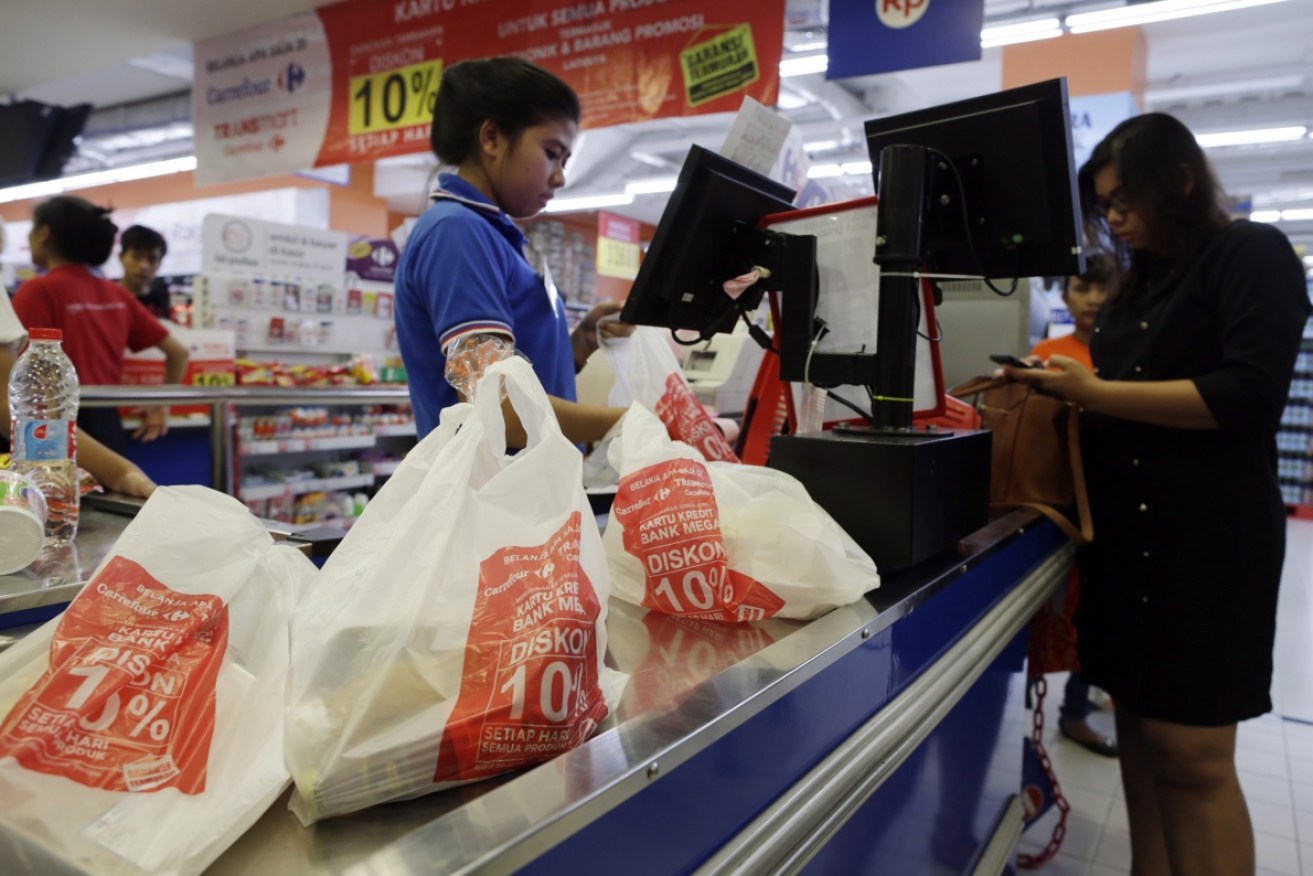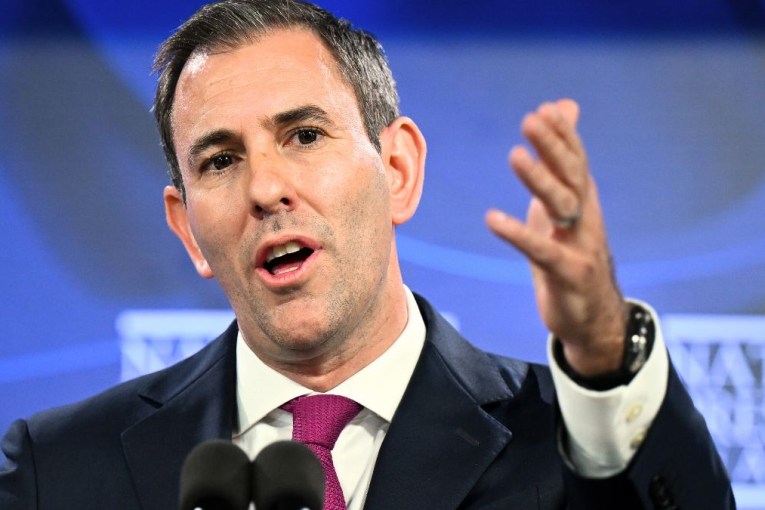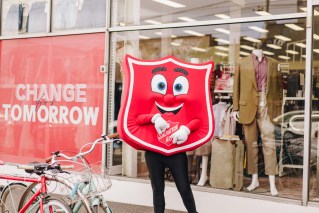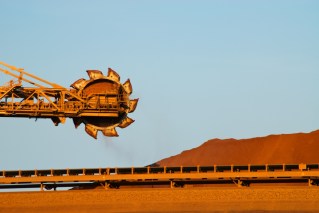Surer paths to growth than ‘New Silicon Valley’


AAP
During Chinese new year, I was handed a fortune cookie that said: “You’d worry less about what people think of you, if you realised how infrequently they think of you.”
It’s good advice that’s also highly relevant to Australia’s economy, because citizens of our Asian trading partners really don’t think of us all that often.
We might be front-of-mind for tourism operators in Phuket or Bali, but the ’emerging middle classes’ of Asia let their imaginations wander south far less than we might hope.
• Home-brand snobbery costing you money
• PM promises don’t match economic reality
• The super tax rorts Scott Morrison should review
That needs to be improved, because we want to sell a lot more goods and services to Asia’s increasingly wealthy households.
A familiar list of expanding export sectors has emerged as the mining investment boom winds down – education, tourism, financial services, advanced manufacturing, agribusiness and high-end research.
Prime Minister Malcolm Turnbull has given this list a ‘digital disruption’ twist by his many references to Silicon Valley and the ‘sharing economy’.
He has even gone so far as to suggest Western Sydney could be Australia’s own Silicon Valley, connected to the world by the new airport at Badgery’s Creek.
The branding boom?
The PM’s “ideas boom”, driven by his government’s billion-dollar National Innovation and Science Agenda, is stirring stuff.

Sullivan’s Cove whisky uses ‘Tasmanian’ and ‘convict’ origins in its branding.
However, before an army of geeks in cool T-shirts are air-lifted into Western Sydney, Mr Turnbull would be wise to spend a bit more time looking at the low-hanging fruit – literally.
Australia is already one of the desirable countries you’d like your apple, banana or nashi to come from when you’re picking through a Singapore grocery store.
But that’s based on vague notions at best. Australia is a big, wild land, with clean air, clean water, beach babes and Prime Ministers who bound out of the surf in Speedos, isn’t it?
Asian consumers know as little about us as we often do about them. And this is where the marketing industry can step in and leverage the small amount of knowledge they do have.
To turn the fortune cookie logic around, we should worry what they think of us precisely because of how infrequently they think of us.
Playing to our strengths
The key is knowing what we’re known for and putting the government’s innovation strategy to work there first.
In marketing terms, ‘Brand Australia’ needs to capitalise more on of its unique selling points, before extending the brand into products that competing nations do better.
In the language of economics, we need to develop our ‘absolute’ advantage first, and augment that with industries offering ‘comparative’ advantage.
To illustrate those concepts, Australia has an ‘absolute’ advantage in iron ore. We have high quality ore, that’s easily extracted and close to the markets that are buying mega-tonnes of the stuff.
The law of comparative advantage, by contrast, says that even if you have no absolute advantage, you should still do what you’re best at, because your trading partners will ease off in that area and do more of what they’re best at.
It’s a tricky concept, so if you’re not convinced have a look at this example.
Marketing brand Australia
Branding is also a tricky business, because it turns commodity products into value-added products.
In recent year’s I’ve written about several brands that have done well in overseas markets, but which are far removed from Mr Turnbull’s city-focused, IT-heavy innovation strategy.

Brookfarm’s branding plays on ‘clean, eco-friendly’ Australia.
The first was Brookfarm, a company based in Byron Bay, that has escaped the commodity price cycle for its main product, macadamia nuts, by combining them with other local ingredients to create a range of branded goods.
The price of nuts can go up and down, but the company is not selling nuts – it’s selling brands. A quick glance through their website shows how their brands tap into the absolute advantage of ‘clean, healthy eco-friendly’ Australia.
The same sort of absolute advantage came out during the SPC Ardmona dispute in 2014.
Its Shepperton plant was looking for government assistance to re-tool the factories to produce new value-added products for Asian markets. ‘Pure’ or ‘organic’ baby food from Australia, for example, has huge marketing potential.
And one quirkier example is Sullivan’s Cove whisky. It’s owner and founder Patrick Maguire told me a couple of years back that the brand’s Tasmanian origin helps sell it to well-heeled customers in bars around the world. ‘Tasmania’ itself is a unique selling point.
The point of these examples is not to pour cold water on great innovations in tech-heavy sectors, whether in Western Sydney or anywhere else.
But Australia has a huge, cashed-up market on its doorstep, full of people who don’t think about Australia much.
The marketing challenge for Brand Australia is to turn the little they do think about into sales.
That mustn’t be forgotten in the rush to develop our own Silicon Valleys.









